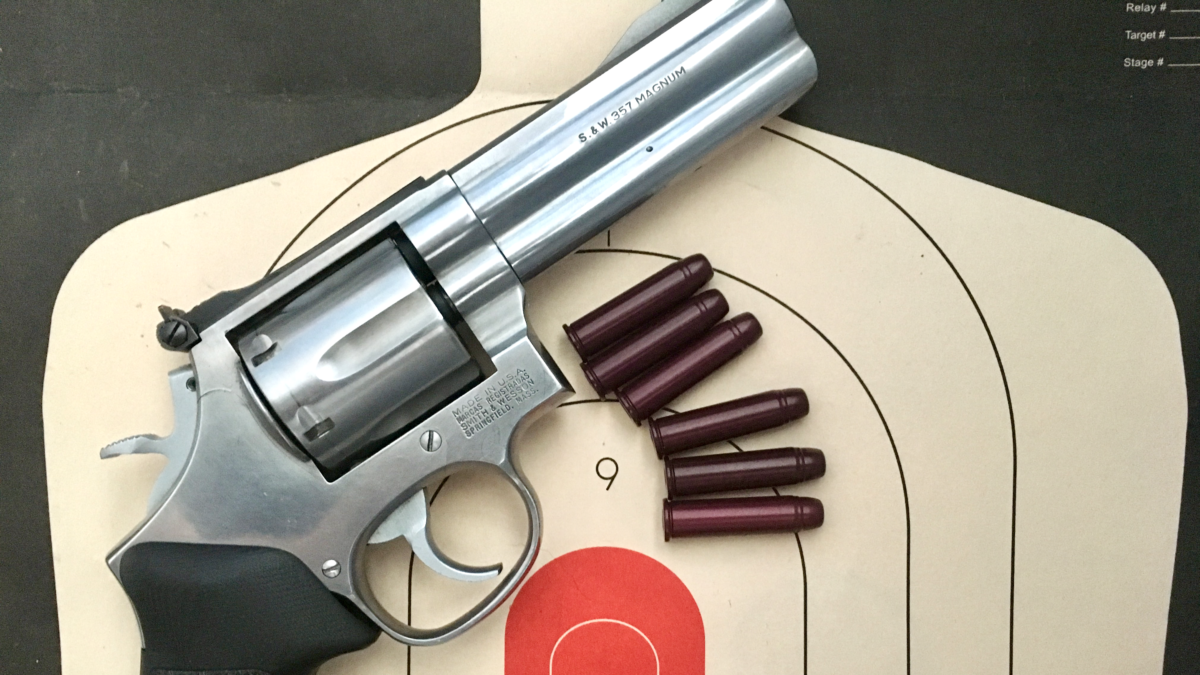It seems fashionable to look down one’s nose at new year’s resolutions and to say “now I’m not one for making resolutions…” But I’m making one, and here goes: I’ve read with envy as Claude Werner writes about his 1,000 Days of Dry Practice. I’d love to commit to any number of consecutive days of dry practice but my travel schedule just doesn’t permit it. I know, for instance, I have 12 days of overseas travel next month and my “record” will get broken then.
I’ve struggled to come up with a meaningful way to show consistent practice over time, coupled with a quantifiable standard. And this is what I’ve come up with: 3,650 minutes of dry practice over the next 365 days. It’s an average of a mere 10 minutes per day. It allows me to miss a day (or 12) and “catch up” but it’s not such a small number that it’s meaningless. Ten minutes a day adds up to almost 61 hours of dry practice, so I can’t wait until December 30th and cram it all in. And, of course, I have free rein to exceed this minimum.
I’m using you guys to hold me accountable. I will post some progress reports throughout the year. I’m shooting for an every Friday post with my progress, but no promises. I’m also going to be posting some articles about dry practice (generally, and with revolvers specifically) in the coming months. In the meantime, if you don’t know anything about dry practice check out my two-part series on Lucky Gunner (Part I, Part II).


Good luck, Justin. I never practice enough. I do whenever I carry (once per week) and do live fire twice per month at the range.
Probably not enough, but I still imagine that is more than 95% of gun owners.
Happy 2019!
Excellent timing for this reminder about dry fire practice. With my nearest (outdoor) range 40 minutes away and high temps in the teens right now, dry firing becomes a priority for me at this time of year. I’m also headed to AZ soon for a couple days of fairly intensive tactical handgun training, and need to bring my “A” game, so there’s going to be a lot of dry firing in the comfort of my own home this week!
I should clarify – it’s an old habit that dies hard referring to it as “dry fire practice,” when in reality, I think it’s more correct to simply call it “dry practice.” This could involve a variety of drills and exercises that may or may not involve “firing” at all. For example, I spent 20 min. last night just running through reloads and sight acquisition from a draw. Only maybe one in three sessions do I actually do trigger work with snap caps.
Having had the privilege of knowing Claude Werner for @ 25 years, I can attest to his dedication. To witness Claude shoot a major IDPA national match with a 3″ S&W M64, and sweep the competition away is a joy to behold.
I have made multiple sets of dry fire rounds from .38 Special cases and pulled 130 gr FMJRN bullets. In the empty primer pocket is injected high temperature Permatex RTV, allowed to dry and trimmed flat with the case (good job for razor blades). Smith & Wesson revolvers made the traditional way (firing pin on the hammer) love this gentle cushion.
Combine those with a double action revolver of your choice, and you will be surprised how it will positively affect your shooting. It won’t matter whether you’re practicing with a DA revolver and shooting a Glock – the front sight, trigger press, follow through discipline will transfer over.
Not only is it good for your technique, but it also builds strength and control of not only your grip on the gun, but your trigger control discipline. Take the Werner Challenge – your targets will show you your reward.
Crud. It’s only the 3rd and I’m 30 minutes behind!
I’m not. Get to work!
I submit that dry-fire is not just about garbasstic trigger clicking. There is little you can’t do while dry-firing.
I try to start and end my personal range sessions with dry-fire. Many days I dry-fire while waiting on students to arrive.
Dry-fire to practice your draw-stroke.
Dry-fire to test out and work out bugs in new gear.
Dry-fire to practice your FOCUS on the sights.
Dry-fire to learn the trigger & the complete trigger stroke.
Dry-fire to practice re-holstering your gun without muzzling half of the population of the free world.
Dry-fire to practice reloads.
Just dry-fire
Totally agree! This is the big reason I call it “dry practice” and have sort of dropped “dry fire” from my lexicon.
A couple other benefits:
– recency of experience: I can’t get to the range every day (or sometimes every week) but I can dry practice almost every day,
– it permits work on things that almost no range will let you do like work low-light and shooting while moving
– the opportunity to practice malfunction clearance
– It lets you build automaticity through repetitions, and repetitions practiced over time
Great points, Ron!
Boys, this is a timely subject. When I crack open my gun safe, I see a couple shotguns, lever guns, and a slew of double and single action revolvers. As far as dry fire practice, I do know where to start: a small frame revolver. It’s what I can successfully carry on a daily basis.
That said, those other tools have a real place in my life, just not daily. Yet, practice is required as well. It is a struggle for me to be maintain a modicum of proficiency with all the wonderful options at my disposal.
Can I get a witness?